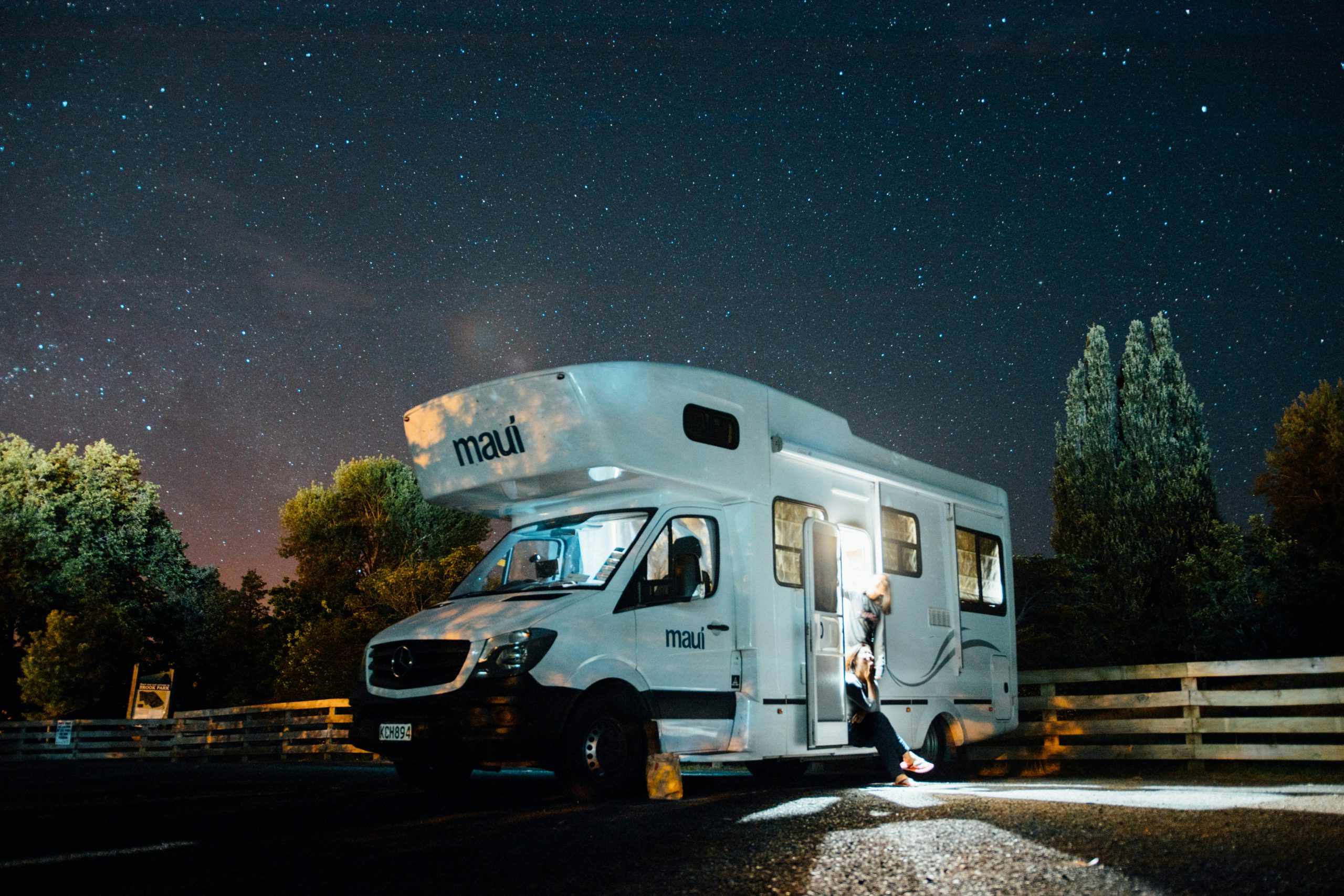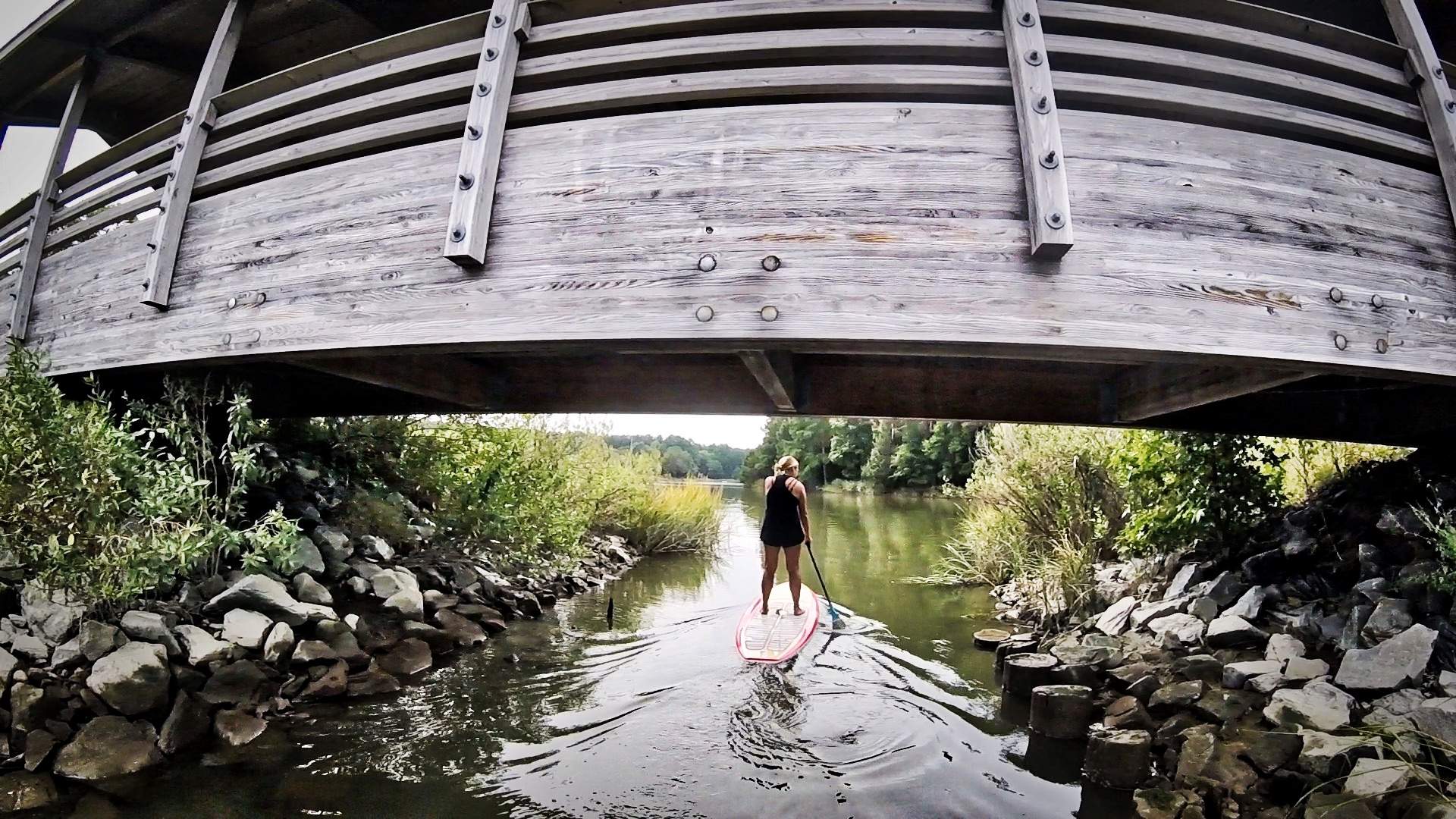Hearing the words “surf trip” triggers a wide array of mental and physical reactions inside anyone that ever ditched their local surf spot to chase the promise of bigger, better, warmer or less crowded waves. The phrase has a remarkable ability to clear calendars, shifting priorities, and sparking the creative financial allocation juices.
Some surf trips are planned out affairs with the logistics of destinations, flights, lodging, equipment, all set in advance. Picking a time of year that has the best chance of delivering epic conditions, settling on housing with the best surf access, and deciding on what boards will be best to bring all go into the equation. The anticipation and stoke grow and gain strength like a tropical depression forming off the coast.
My favorites are the grab everything, up for anything, variety. Find a handful of days off and load up the van with everything you need for fun in the water without neglecting any potential adventure on land. Pray for surf but play no waiting games. Horseshoes and hammocks, coolers, board games, bikes, surfboards, paddleboards, fishing poles, and any other gear to keep the dreaded words, “I wish we brought…”, from being uttered.

Living in a Southern New Jersey beach town, I tend to point the rig South for these type of spur of the moment getaways. Cape Hatteras on the Outer Banks of North Carolina has drawn me down that route many times, chasing warmer water and year-round consistency of the surf, not to mention the sheer allure of the wild ocean landscape. Hatteras is no doubt one of my favorite places in the world. But due to the remoteness and that I’m usually surfing my brains out, I never can seem to pull myself away to poke around somewhere else.
With a destination of “Somewhere” Florida, my girlfriend and I set out with the intention of making a couple stops off our beaten trail to check in on some old friends and check out new places.
It’s only a handful of miles from home, but driving onto the Cape May ferry to cross the Delaware Bay to Lewes, Delaware is a passageway of promise itself. The one-hour, cape to cape ferry ride has a unique feeling, almost like an element of risk that comes with loading yourself and your vehicle onboard a ship. I consider it a romantic notion, leaving port, even for not-too-distant lands, passengers waving farewells to folks onshore as the captain navigates off the dock. Dolphins surf the wake as the boat moves into the open water and the Cape May lighthouse shrinks from view.

The first stop on the other side, a couple of hours further south, is the perfectly quaint and historic town of St. Michaels, on Maryland’s Eastern Shore. Settled in the 1600s, and located on the Chesapeake Bay, the town has a rich shipbuilding history, supplying fleets of schooners to defend against the British Navy. The colonial vibes are strong, and the restaurant themes are dominated by the local favorites, crab and oyster. The oyster industry stepped in as the demands for ships was declining in the 1800s and oysters once flourished along the fractured coastline of the largest estuary in the U.S.
Needless to say, there is water, water everywhere in St. Michaels. The narrow, calm waterways that wind their way out to the Chesapeake Bay are perfect for paddleboarding. Bald Eagles and Ospreys are common sights on the water and workboats putter past, checking their traps for Blue Claw Crab.
Both the shipbuilding and oyster culture are on full display at the Chesapeake Bay Maritime Museum. CBMM is an amazing resource for kids and adults with programs on sailing, shipbuilding, and an overall mission to preserve the culture of the Chesapeake Bay region.
The long haul further south to Florida was made a little easier, after receiving information about meeting our friends and their family a little closer for our next stop. They had planned a tour of some of Florida’s beautiful natural freshwater springs. Knowing this gang’s penchant for exploring the state extensively and their love of standup paddling, I knew we couldn’t go wrong.
The springs emanate from the underground aquifer, and the larger ones can gush up to 65 million gallons of water a day. They create a thriving ecosystem for birds, fish, and the beloved Manatee that move up and down the river, feeding and drinking. The experience is otherworldly. It’s a delightful contrast of the heat and humidity of Central Florida with the cool, refreshing, crystal-clear water. The spectrum of colors is jaw-dropping with every shade of blue imaginable passing under your feet as we paddled with the rhythm of the river. Giant Cypress Trees that date over 300 years old, lurch over the water, draped in Spanish Moss and floating under the gnarled branches becomes a limbo contest. Wood storks, herons, and osprey lurk in the branches looking at the menu of fish schooling below.

The magic of the trip to that point could almost quench the need for surf. Almost. With a few days remaining, we rolled into Vero Beach, situated just below the tropical horticultural boundary. That means that species of plants can be found that does not exist just a couple miles north in the subtropical zone.
As far as surf, Florida has about the same meager reputation as New Jersey. And the few days we spent there proved it. There were always waves big enough to ride, but the atmosphere, water color, temperature, and company of good friends are what made it epic. Ask me on two separate days if size matters and you will get two different answers. If you really love being in the water, diversifying what you use in the water means that flat days don’t get you down.
As much.








